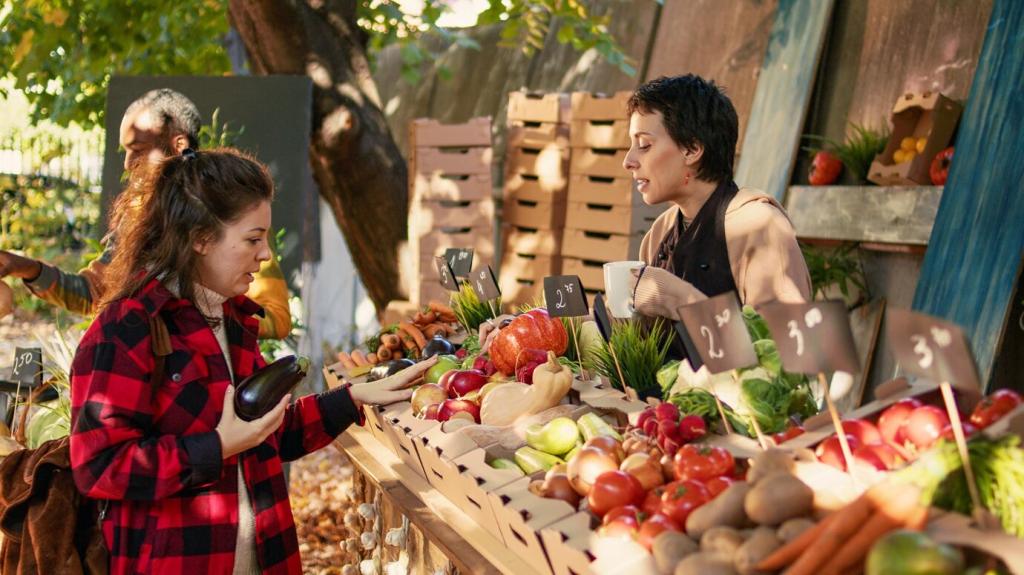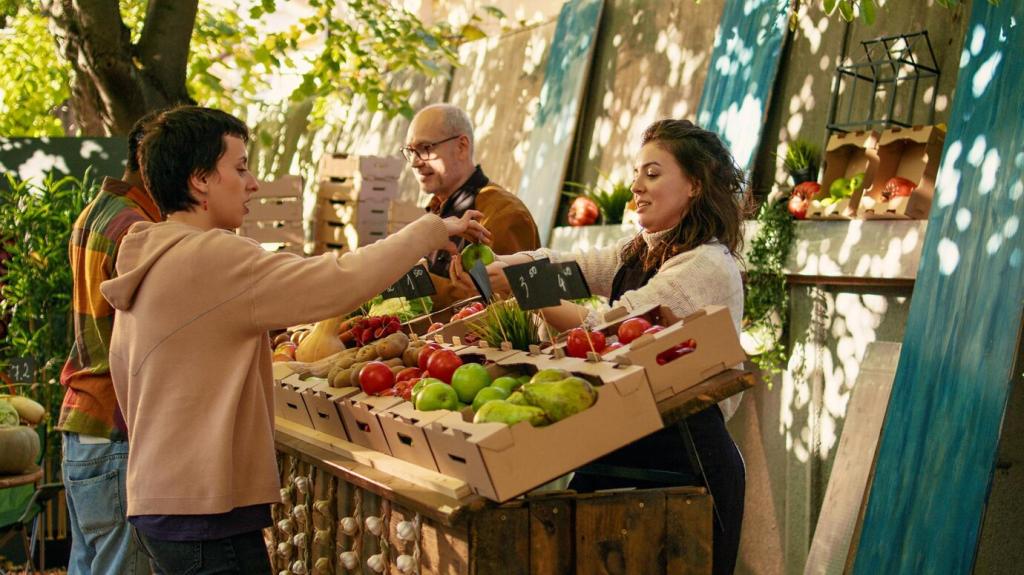Urban Farming: Enhancing Community Sustainability
Urban farming is transforming the way cities approach food production, community engagement, and environmental responsibility. By integrating agriculture into urban spaces, city dwellers are reconnecting with food sources and promoting better health, social cohesion, and sustainable urban development. This page explores the many dimensions of urban farming, focusing on its role as a catalyst for community sustainability through contemporary methods, key benefits, social impact, and a vision for the urban future.

Innovative Urban Farming Methods
Vertical farming is a revolutionary approach that makes the most of limited horizontal space by growing crops in vertically stacked layers. These systems often depend on hydroponics or aeroponics, enabling cultivation in environments with little to no soil. By utilizing artificial lighting and climate control, vertical farms can dramatically increase yield while reducing water and pesticide use. The proximity to consumers means that produce can be harvested at peak ripeness, translating into superior freshness and nutrition. Vertical farming not only greens urban landscapes but also provides an adaptable solution for cities facing land scarcity and the challenges of feeding growing populations.
Previous
Next
Reduction of Food Miles and Emissions
When food is grown locally within city limits, the distance it travels from farm to plate is significantly minimized. This reduction in “food miles” decreases the need for long-haul transportation, lowering fuel consumption and greenhouse gas emissions that contribute to climate change. Urban farming’s localized approach also means less packaging waste, as produce can be delivered directly to consumers without the need for extensive protective materials. Together, these factors represent a substantial move towards environmentally responsible food systems that benefit both people and the planet.
Enhancement of Urban Biodiversity
Urban farming efforts, such as community gardens and vertical farms, can serve as vital green spaces in cities dominated by concrete and asphalt. These agricultural environments attract pollinators like bees and butterflies, as well as beneficial insects and birds, creating miniature ecosystems that encourage biodiversity. By introducing a variety of plant species, urban farms also help preserve genetic diversity that can be lost in conventional monoculture agriculture. This enlivening of urban biological networks not only supports resilience against pests and diseases but also improves air and soil quality for city residents.
Economic Opportunities and Job Creation
Establishing urban farms generates a myriad of economic opportunities for cities, from new jobs in farming and distribution to ancillary roles in education and technology. Urban agriculture projects often provide employment and training for marginalized groups, offering pathways towards financial stability and skill development. Furthermore, these enterprises can give rise to farmers markets, value-added food products, and agritourism, all of which strengthen local economies and foster entrepreneurship. By embedding agriculture into the urban fabric, cities cultivate a culture of innovation and self-sufficiency that can drive inclusive economic growth.
Strengthening Neighborhood Connections
Community gardens and urban farms serve as gathering places where people from diverse backgrounds unite in pursuit of healthy food and shared goals. Working side by side, residents develop relationships, bridge cultural and generational divides, and foster mutual respect. These inclusive spaces promote cooperation, trust, and the sharing of resources, helping to break the isolation often experienced in densely populated urban environments. As a result, neighborhoods become safer, more hospitable, and better equipped to address common challenges collectively.
Educational Impact and Youth Engagement
Urban agriculture provides unique hands-on learning opportunities for people of all ages, particularly youth. By engaging young people in growing food, cities foster a generation that is knowledgeable about nutrition, ecology, and sustainability. School garden programs and farm-based curricula offer experiential education that goes beyond textbooks, nurturing skills in problem-solving, leadership, and teamwork. These programs instill a lifelong appreciation for sustainable practices and often inspire future careers in agriculture, environmental science, or public health.
Food Security and Community Resilience
One of urban farming’s most profound impacts is its ability to enhance local food security, particularly in underserved neighborhoods that face limited access to fresh produce. By growing healthy, affordable food within city limits, these projects help alleviate the effects of “food deserts” and reduce dependence on external supply chains. Community-driven agriculture empowers residents to reclaim agency over their food sources, cultivating both resilience to disruptions and improved overall well-being. The result is stronger, more self-sustaining neighborhoods equipped to face economic or ecological uncertainties.
Previous slide
Next slide

